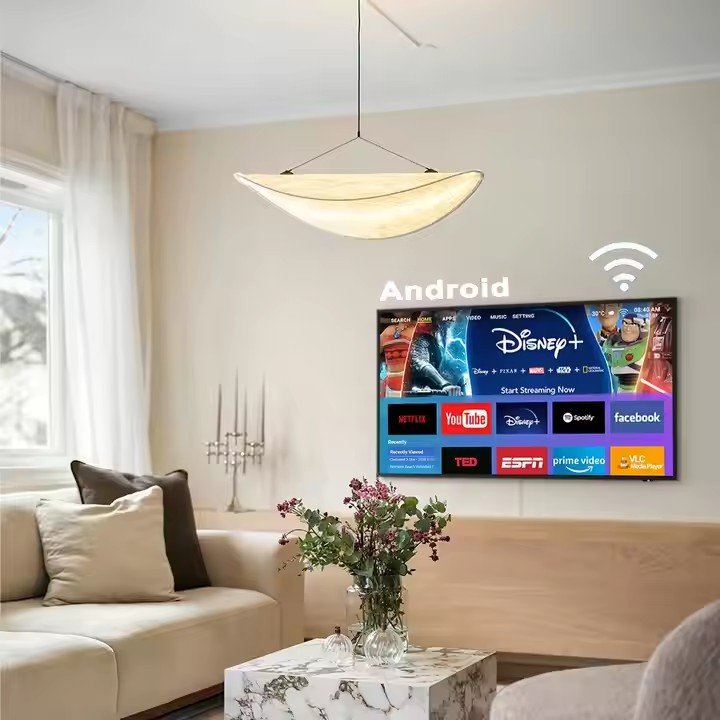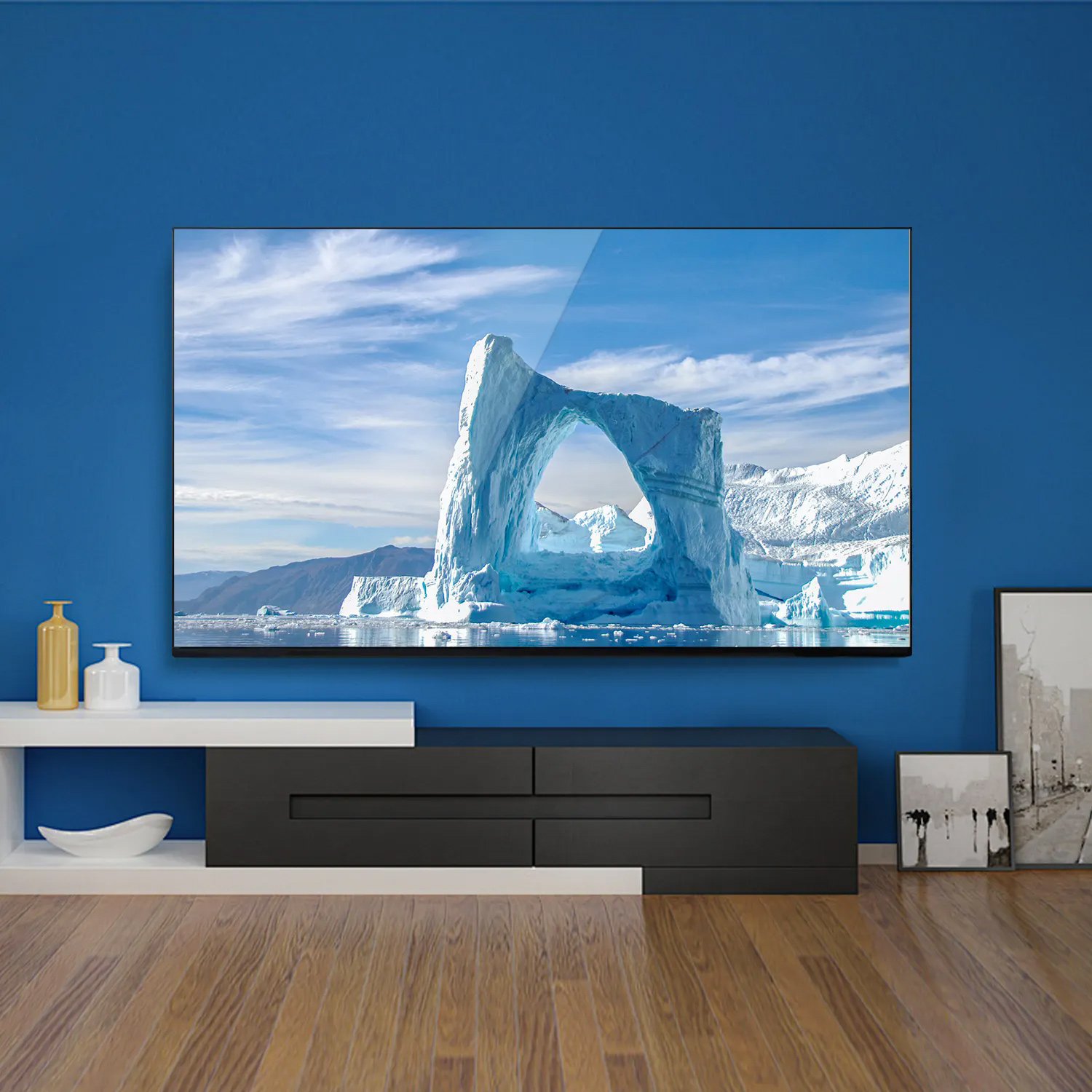Introduction: From Remote Control to Household AI Hub
Over the past decade, smart TVs have evolved from “internet-connected screens” to “home entertainment centers.” With the deployment of large language models like GPT-4 and Gemini, next-generation smart TVs are transforming into cognitive household AI hubs. This interaction revolution, driven by foundational technological advancements, is fundamentally redefining how humans converse with screens.
I. Technological Foundation: Three Breakthroughs Powered by Large Models
-
Deep Integration of Generative AI
Google TV’s Gemini model exemplifies this trend: It parses vague user commands (e.g., “Find a relaxing movie for Friday night”) in real time, generating personalized recommendations by analyzing viewing history, time-of-day data, and streaming service inventories. Samsung’s Q-Symphony feature, developed with OpenAI, automatically optimizes audio profiles based on movie genres. -
Multimodal Interaction Fusion
Hisense’s 2024 U8N series introduces “visual + voice” hybrid controls: When a user points at the screen and asks, “What else has this actor starred in?” the TV employs facial recognition to identify the character while simultaneously accessing Douban’s database to generate a filmography timeline. LG’s Magic Remote now learns gesture patterns—for instance, drawing a “C” in the air instantly switches to Netflix Kids. -
Edge-Cloud Computing Synergy
TCL’s AiPQ 3.0 chipset, developed with NVIDIA, enables low-latency voice processing locally while offloading complex tasks (e.g., “Generate a Paris travel guide video”) to cloud-based large models. This hybrid architecture triples the response speed for AI-powered 8K video upscaling.
II. Scenario Revolution: Redefining Home Interaction
-
Elevated Entertainment Experiences
- Sony Bravia’s “AI Director Mode” automatically detects a film’s era and genre, dynamically adjusting color profiles (e.g., adding film grain to 1990s classics).
- Xiaomi TV’s virtual idol system creates personalized storylines based on user mood data.
-
Smart Home Command Center
Skyworth’s Swaiot ECO 2.0 demonstrates remarkable evolution: Saying “Prepare movie mode” triggers the TV to adjust brightness, activate soundbars, check smart curtain status via IoT, and optimize room temperature through linked AC systems. -
Expanded Education & Health Services
Samsung’s Mayo Clinic-collaborated AI health coach analyzes yoga poses via camera, generating real-time skeletal correction tips on-screen. Huawei Vision’s education module converts math problems into 3D geometric animations.
III. Challenges and Future Frontiers
-
Privacy and Data Sovereignty
As TV cameras monitor living rooms and microphones record conversations, the EU fined Vizio $2.3 million for excessive data collection. Establishing a “digital barrier” between convenience and privacy remains a critical ethical challenge. -
The Democratization DilemmaAlthough manufacturers such as Hisense and TCL have launched AI TVs priced at thousands of yuan, most of them are limited by chip computing power and only come with cropped small models. The version that truly possesses multi round reasoning ability is still concentrated in high-end models priced above $2000, exacerbating the digital divide in households.
-
The Future of Interaction
Panasonic’s lab demoed EEG-based volume control using focus levels, while TCL’s “Emotional Computing” prototype switches content based on micro-expressions. Within a decade, remotes may vanish, replaced by instinctive interfaces like gesture/thought control.
Conclusion: From Appliance to Digital Companion
As smart TVs learn to interpret subtext, anticipate needs, and engage emotionally, they transcend traditional electronics. This large model-driven transformation isn’t just redesigning human-machine interaction—it’s rewriting the standards for intelligent living spaces. The battle for the future living room hinges on AI’s “personality quotient”: Whoever creates the most considerate digital family member will dominate the ultimate gateway to the connected home.








